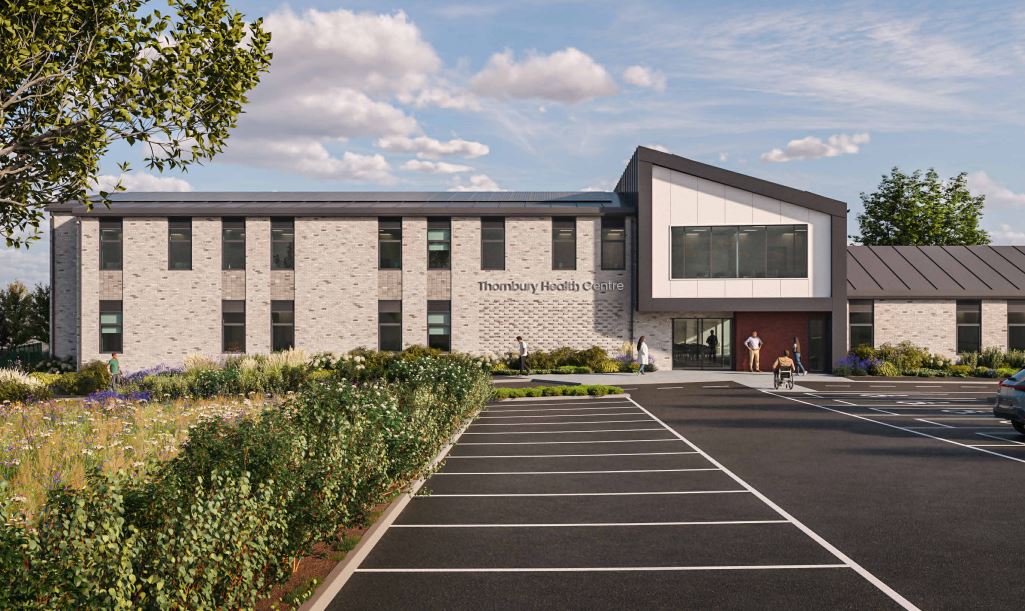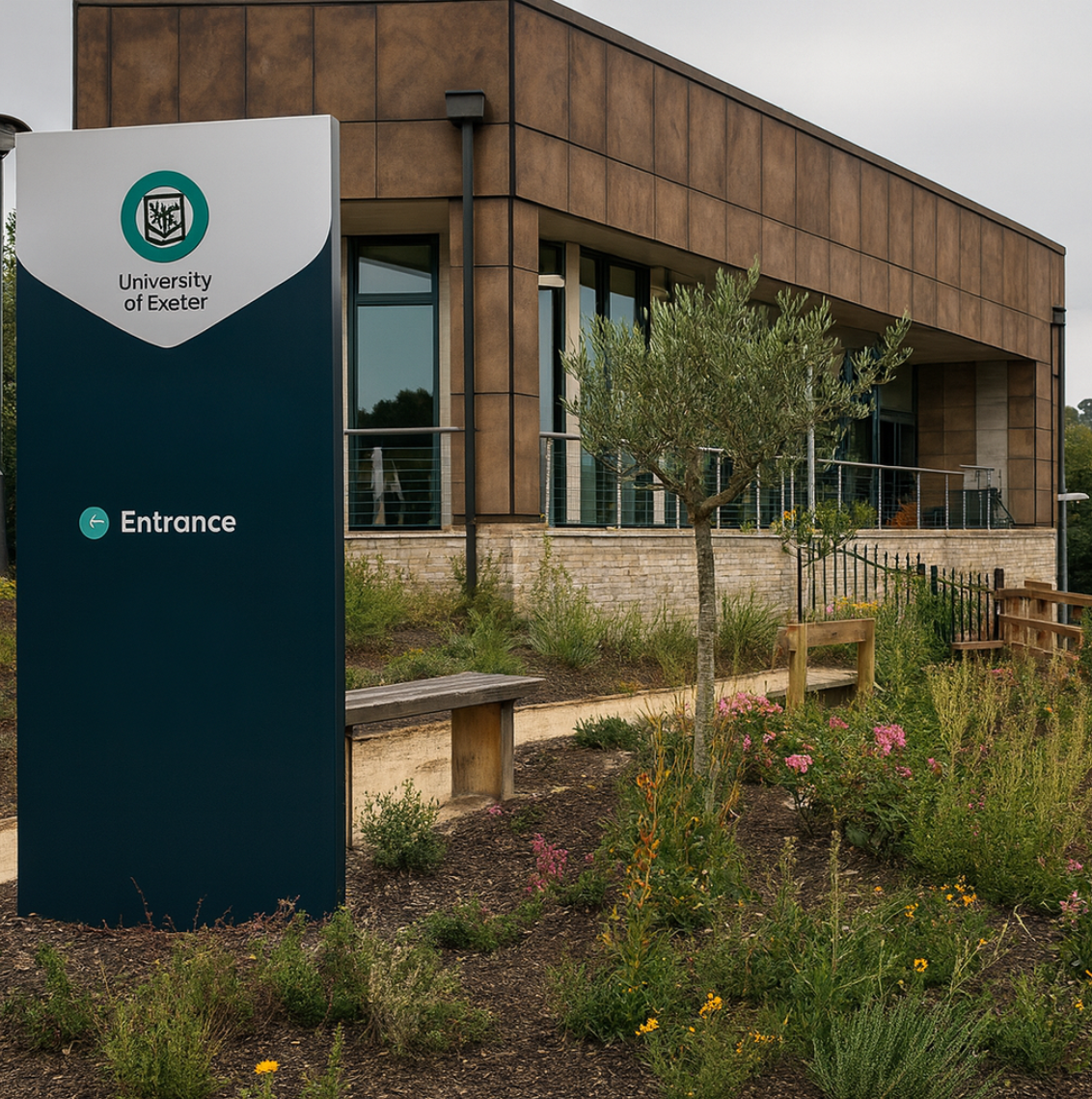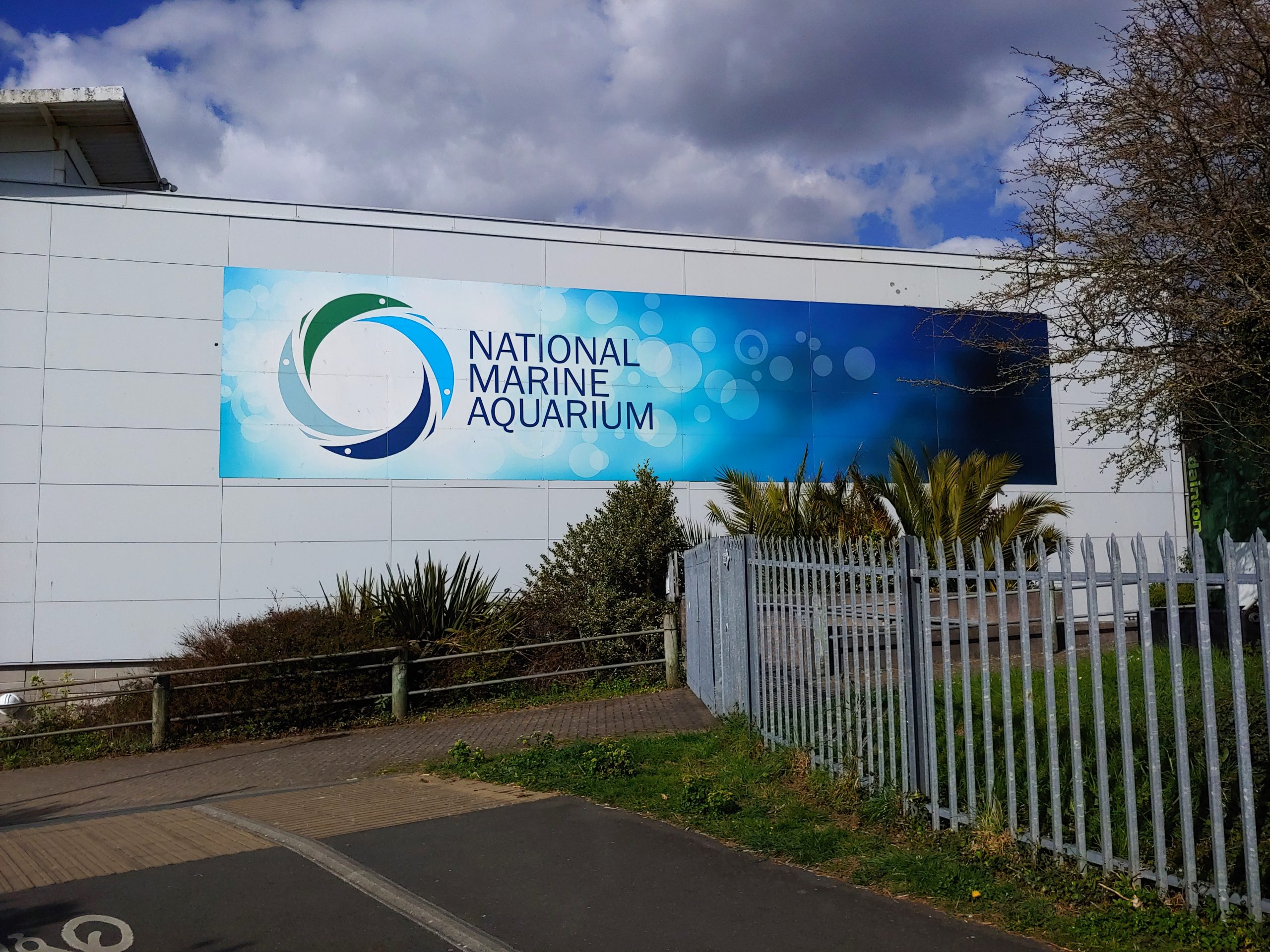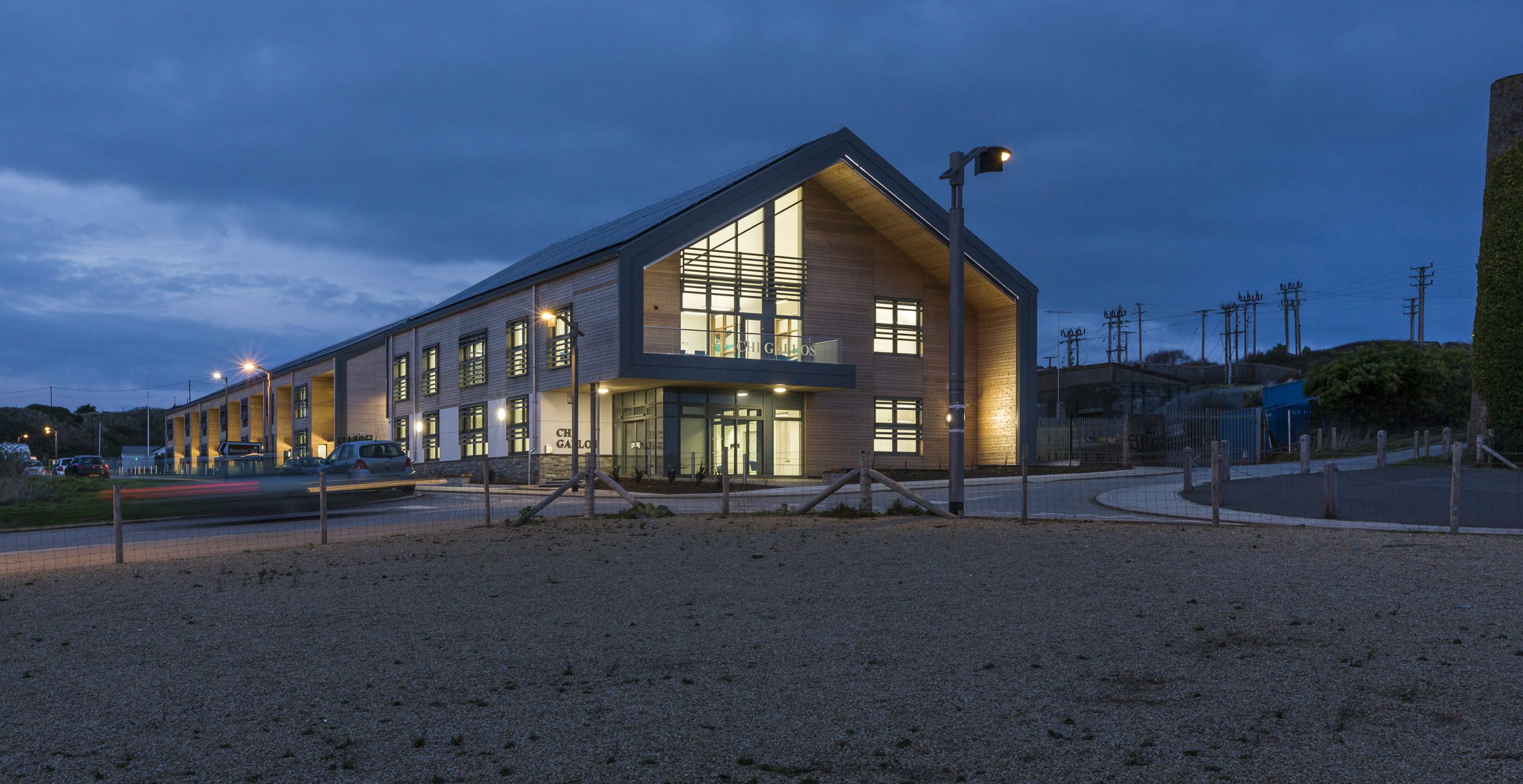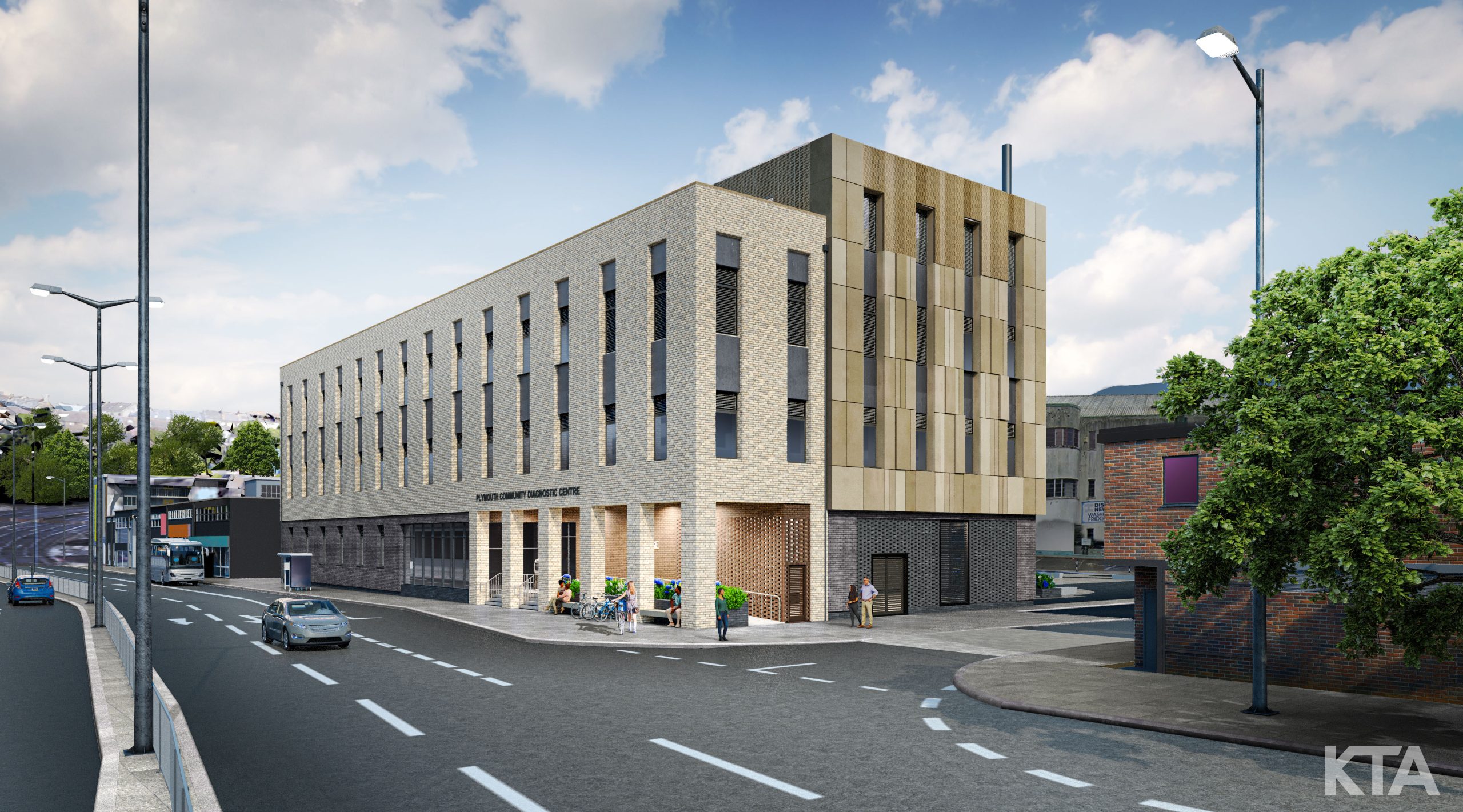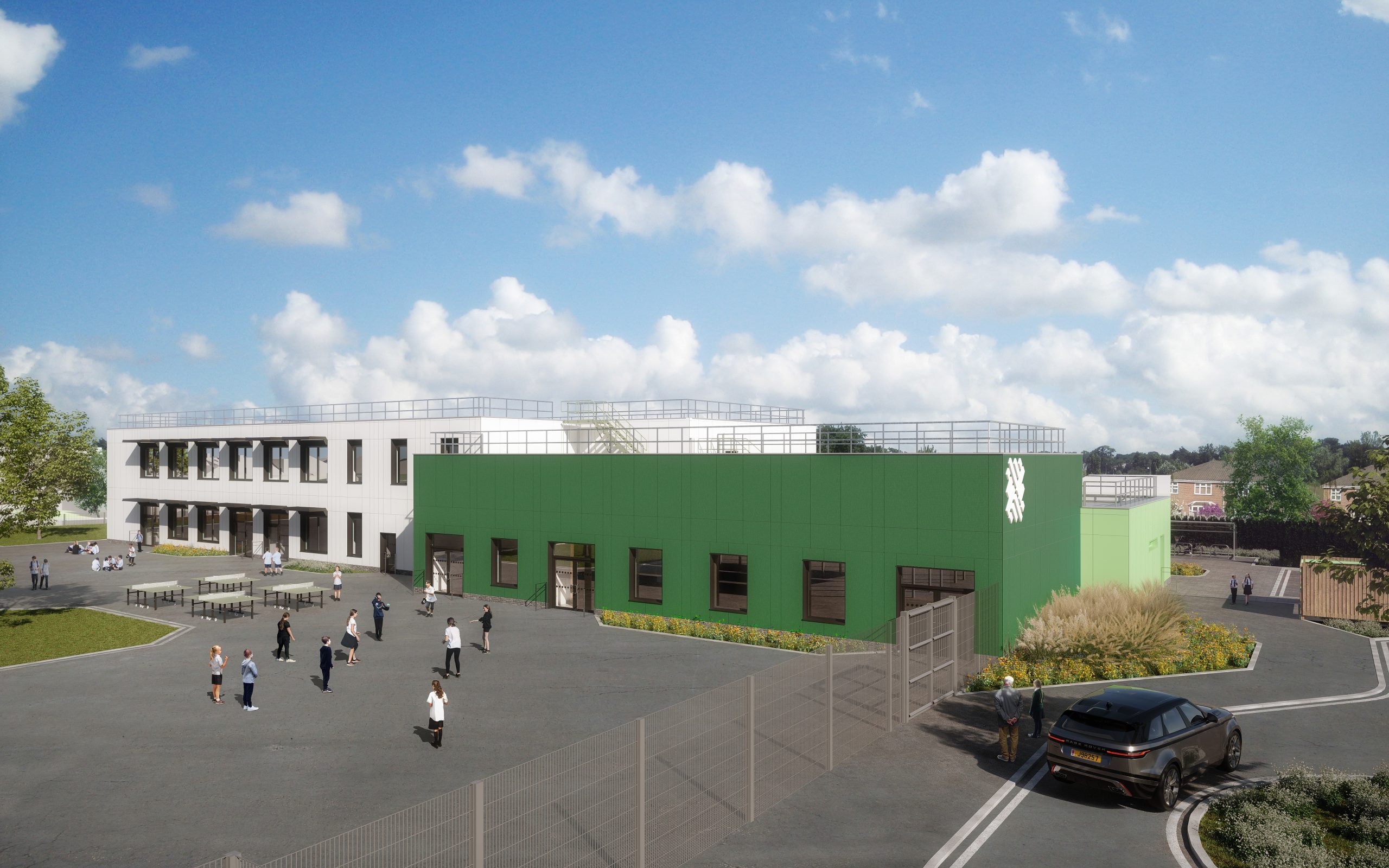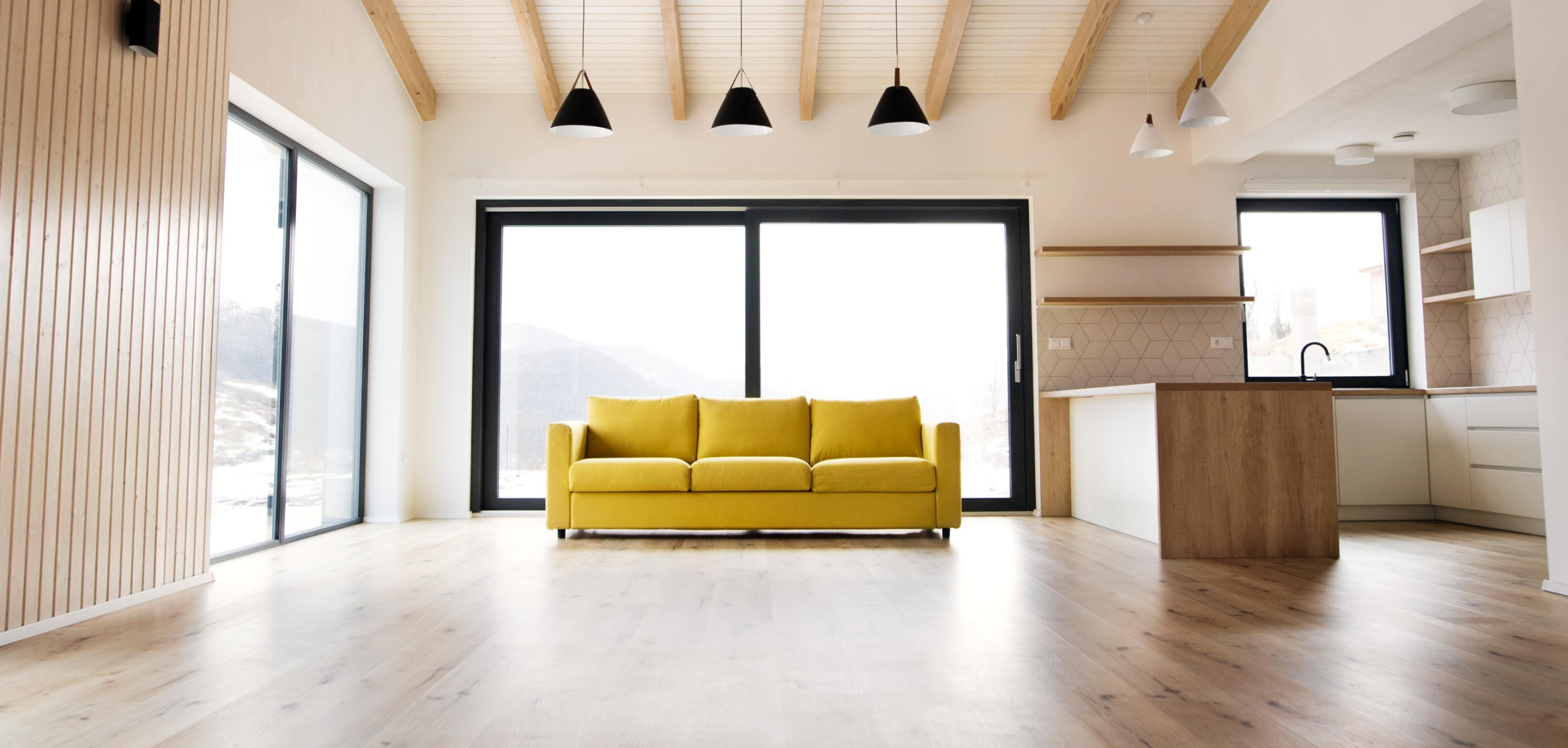
Healthy Building Design
Well-Being Focused MEP Design
At SDS, we integrate MEP design with a strong focus on occupant health and wellbeing. Our approach aligns with the WELL Building Standard and principles of Building Biology, ensuring spaces that promote clean air, optimal thermal comfort, low-toxicity materials, and balanced lighting. By combining advanced engineering with evidence-based health strategies, we create environments that support physical and mental wellbeing while delivering energy efficiency and sustainability.

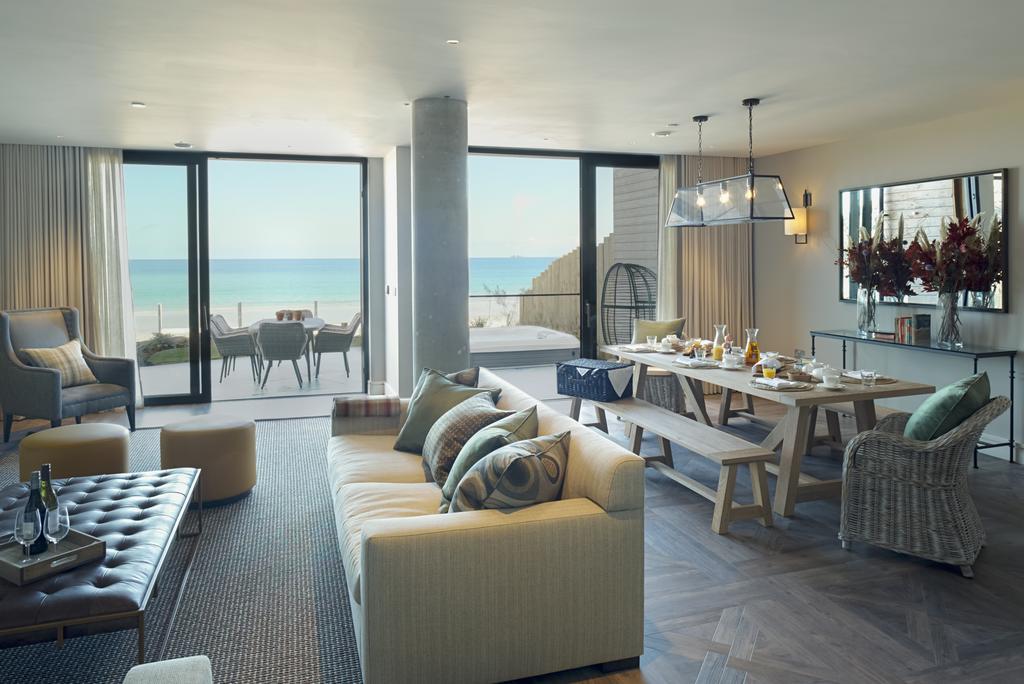
Why It Matters?
MEP systems play a critical role in creating healthy, comfortable, and productive indoor environments. Poorly designed systems can lead to issues such as inadequate ventilation, poor air quality, thermal discomfort, and noise—all of which impact occupant wellbeing and performance. By prioritising healthy building principles in MEP design, we ensure optimal air quality, thermal comfort, lighting, and acoustic performance, while minimising energy use and carbon emissions. This approach not only supports occupant health but also aligns with sustainability goals and regulatory standards, delivering spaces that are efficient, resilient, and future-ready.

Water Quality
Clean, vital water is essential for health. We promote filtration systems that remove contaminants like chlorine, heavy metals, and microplastics, while preserving beneficial minerals. Structured and revitalized water systems can further enhance hydration and well-being.
Air Quality
Indoor air quality is critical to respiratory and cognitive health. We design for both natural ventilation using dynamic modelling tools, and filtered mechanical ventilation with heat recovery. We encourage the use of low-emission materials, and integrate air purification to reduce pollutants such as VOCs, mould, and fine particulates. Biophilic design elements also help refresh the air and uplift the spirit.

Circadian Rhythm & Lighting
Lighting should support our natural biological rhythms. We use tunable lighting systems that mimic the sun’s daily cycle—cool, bright light during the day and warm, dim light in the evening—to promote alertness, sleep quality, and hormonal balance.
Daylight Design
Natural light is a powerful contributor to well-being. We optimize building orientation, window placement, and shading to bring in abundant daylight while minimizing glare and overheating. Daylight enhances mood, productivity, and vitamin D synthesis.
Thermal Comfort & Uniform Heat
Thermal comfort is about more than just temperature—it’s about how heat is distributed and experienced. We favour radiant heating systems (like underfloor or wall heating) that provide even, gentle warmth without drying the air or creating hot and cold spots. Natural insulation, thermal mass, and passive solar design help maintain stable indoor temperatures year-round, reducing reliance on mechanical systems and enhancing comfort.

Electromagnetic Fields (EMFs)
We assess and reduce exposure to artificial EMFs from Wi-Fi, mobile devices, and electrical systems. Shielding, grounding, and wired alternatives are used to create low-EMF zones, especially in rest and sleep areas.
Acoustics
Soundscapes shape our experience of space. We design for acoustic comfort using natural materials, sound-absorbing finishes, and spatial zoning to reduce noise pollution and enhance calm, focus, and sleep quality.
Materials Health
Our focus is on natural, non-toxic, and breathable materials that support indoor air quality and long-term health. Avoiding synthetic chemicals, flame retardants, and off-gassing products is key to creating truly healthy buildings.
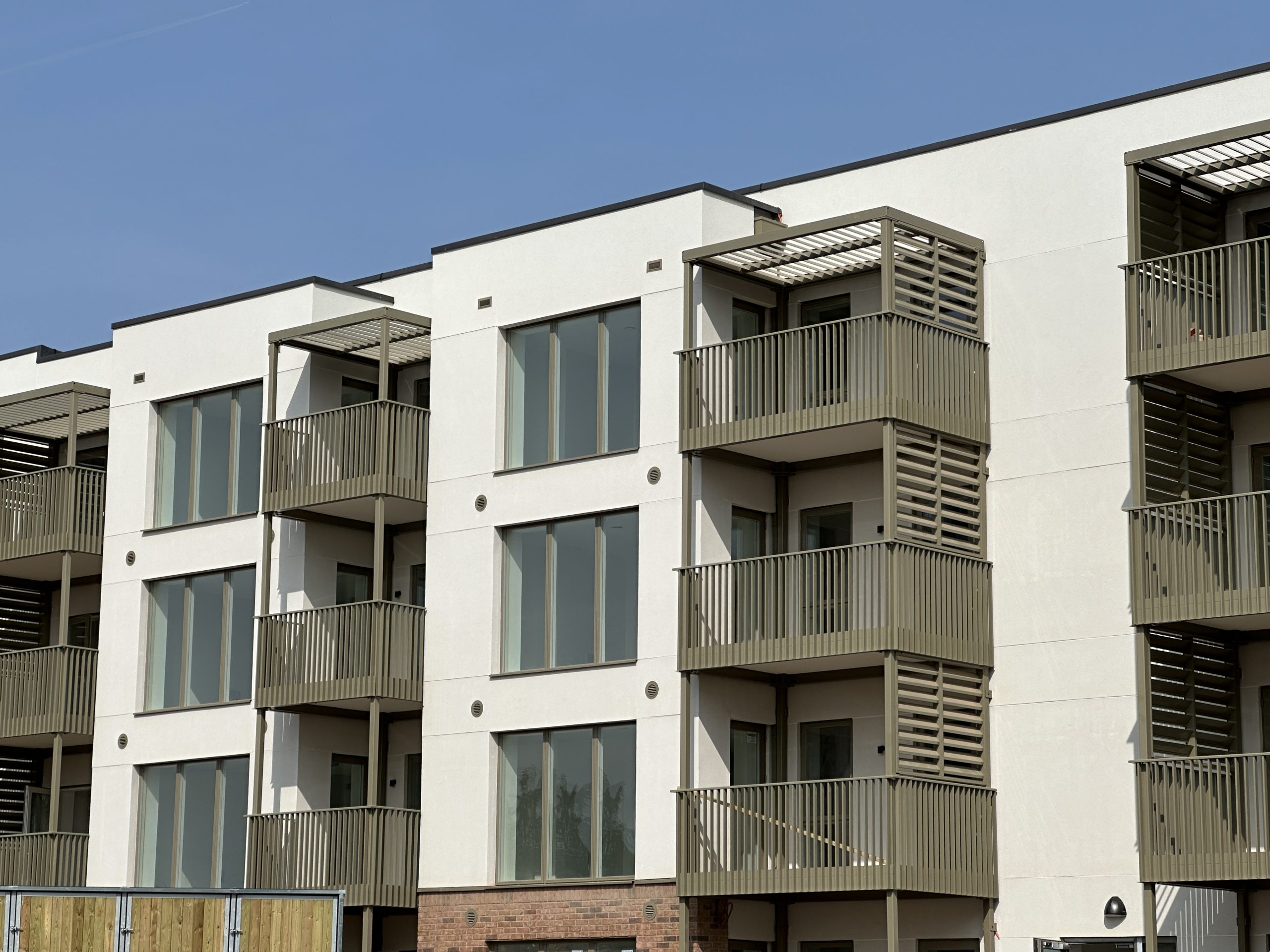
“SDS have taken into consideration the key design requirements needed for Passivhaus and Building Biology and ensure they have incorporated this into their designs. I would have no hesitation in recommending SDS on any Passivhaus housing projects.”
Richard Hayman, Operations Director – Exeter City Living
Get in touch
Let’s build a more sustainable future together.

